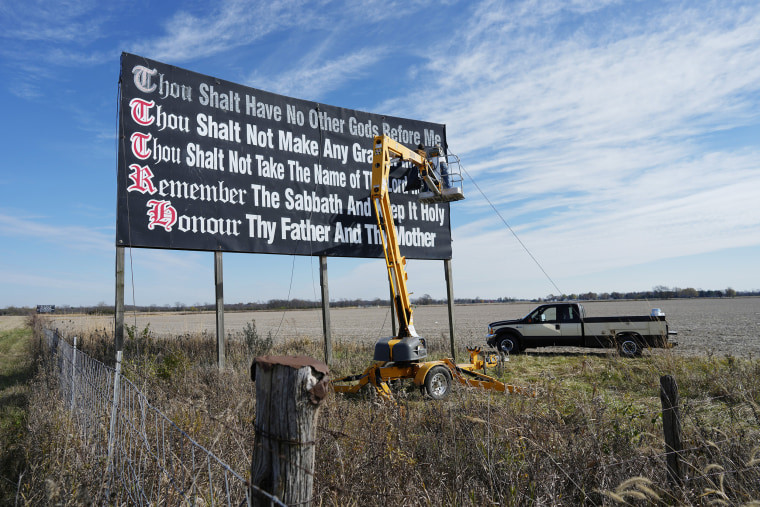In September 2023, a megatsunami in Greenland triggered seismic waves worldwide, caused by a landslide in Dickson Fjord. The event generated two seismic signals: a high-energy signal from the landslide and a long-lasting VLP signal from a seiche in the fjord. The findings offer new insights into the risks posed by climate change and landslides in Greenland.
The event created a week-long oscillating wave in Dickson Fjord, according to a new report in The Seismic Record. Angela Carrillo-Ponce of GFZ German Research Centre for Geoscience and her colleagues identified two distinct signals in the seismic data from the event: one high-energy signal caused by the massive rockslide that generated the tsunami, and one very long-period (VLP) signal that lasted over a week.
Their analysis of the VLP signal—which was detected as far as 5000 kilometers (3100 miles) away—suggests that the landslide and resulting tsunami created a seiche, or a standing wave that oscillates in a body of water. In this case, the seiche was churning for days between the shores of Dickson Fjord.
“The fact that the signal of a rockslide-triggered sloshing wave in a remote area of Greenland can be observed worldwide and for over a week is exciting, and as seismologists this signal was what mostly caught our attention,” said Carrillo-Ponce. “The analysis of the seismic signal can give us some answers regarding the processes involved and may even lead to improved monitoring of similar events in the future. If we had not studied this event seismically, then we would not have known about the seiche produced in the fjord system,” she added.
Impacts of Climate Change and Landslides
The findings will help researchers as they study the impacts of landslides in Greenland and similar regions around the world where global warming and the loss of permafrost are making rocky slopes and glaciers increasingly unstable. In western Greenland, recent tsunamis have had devastating consequences, such as the 2017 Karrat Fjord event where an avalanche caused a tsunami that flooded the village of Nuugaatsiaq and killed four people. Megatsunamis over 100 meters (330 feet) high off the east coast of Greenland have also reached Europe.
Reconstructing the Event
The September 16, 2023, megatsunami took place in Dickson Fjord in a remote part of East Greenland, and was first noted in social media posts and in a report of waves hitting a military installation on Ella Island. Carrillo-Ponce and colleagues studied both seismic signals and satellite imagery from the area to precisely locate and reconstruct the series of events.
Their analysis of an initial high-energy seismic signal, combined with satellite images of a missing rock patch along a cliff along Dickson Fjord, allowed them to trace the direction of the landslide as it picked up glacier ice and became a mixed rock-ice avalanche before it reached the water. The resulting megatsunami run-up was more than 200 meters (650 feet) near the water entry point and an average of 60 meters (200 feet) along a 10-kilometer (6 miles) stretch of the fjord.
“While we were able to obtain information on the direction and magnitude of the force exerted by the landslide, we do not have data to investigate the original cause of the landslide,” Carrillo-Ponce said.
The VLP Signal and Seiche Formation
The strength, radiation pattern and duration of the later seismic VLP signal best fit a scenario where the tsunami created a long-lasting seiche in the fjord, the researchers found. VLP signals have been observed previously in Greenland, but they are usually associated with iceberg collapse due to glacial earthquakes. “In our case, we observed a VLP signal too, but the main difference is the long duration,” Carrillo-Ponce explained. “It is quite impressive to see that we could use good-quality data from stations located as far as Germany, Alaska, and North America, and that those records were strong enough for at least one week.”
The researchers say their approach might prove useful in studying similar past events, and their possible link to climate and environmental change. “We have compared our results with remote sensing data to validate our solutions, and our study shows that the force produced by the signals is well resolved,” Carrillo-Ponce said. “Therefore it becomes a useful analysis as seismic signals contain information on the type of source generating the signal and how the energy is radiated.”
Looking Ahead: Monitoring and Mitigation
The Greenland megatsunami serves as a stark reminder of the growing risks posed by climate change and glacial instability. As temperatures rise and permafrost thaws, the likelihood of landslides and subsequent tsunamis increases. The findings of this study highlight the need for enhanced monitoring and early warning systems to mitigate the potential hazards of these events in Greenland and other vulnerable regions.
The insights gained from the 2023 event could inform future research and development of more effective disaster preparedness strategies. Scientists and policymakers will need to work together to address the challenges posed by climate change and protect communities from the devastating impacts of tsunamis and other natural hazards. The ability to predict and prepare for these events is crucial for ensuring the safety and well-being of coastal populations.

















